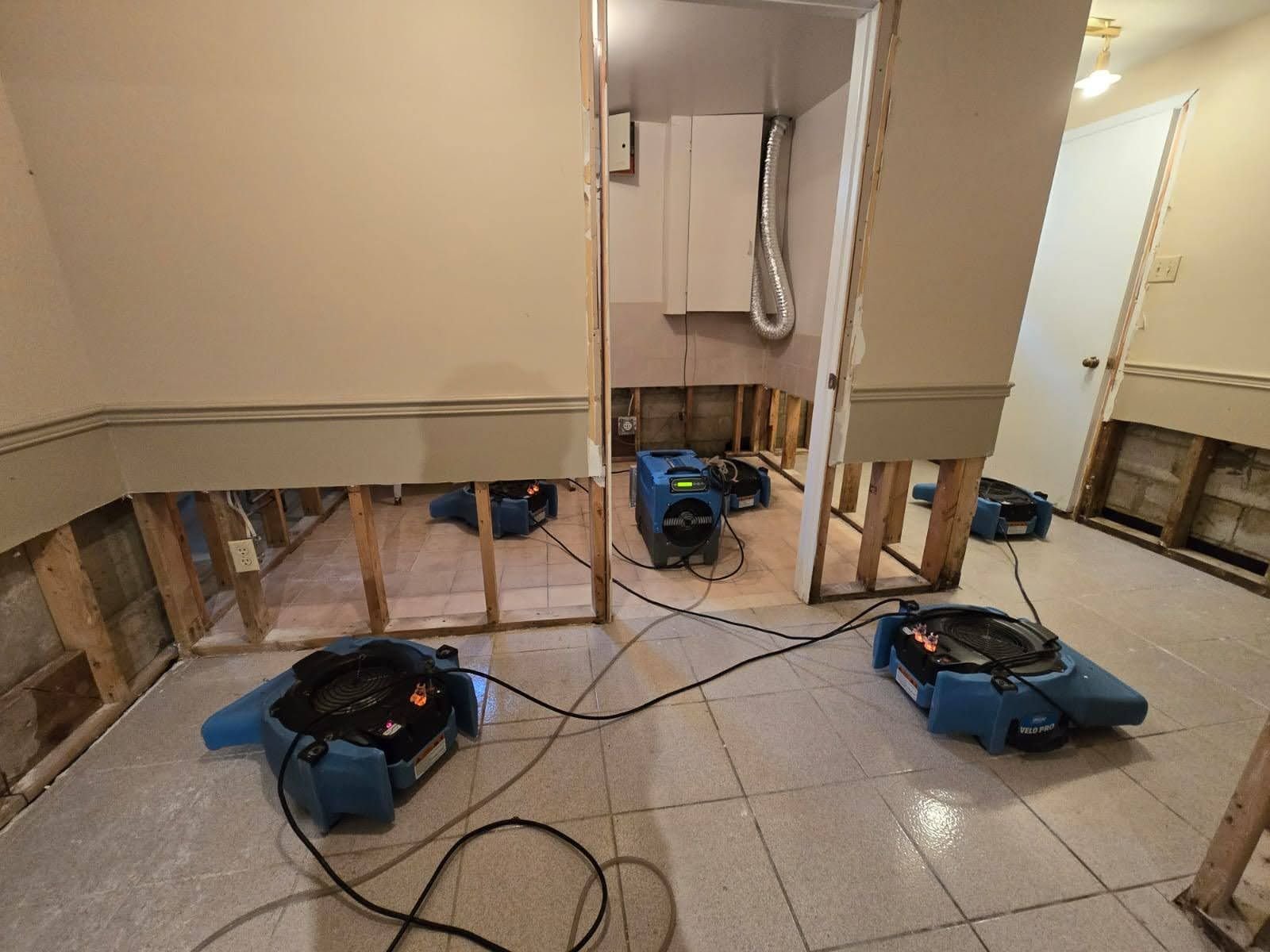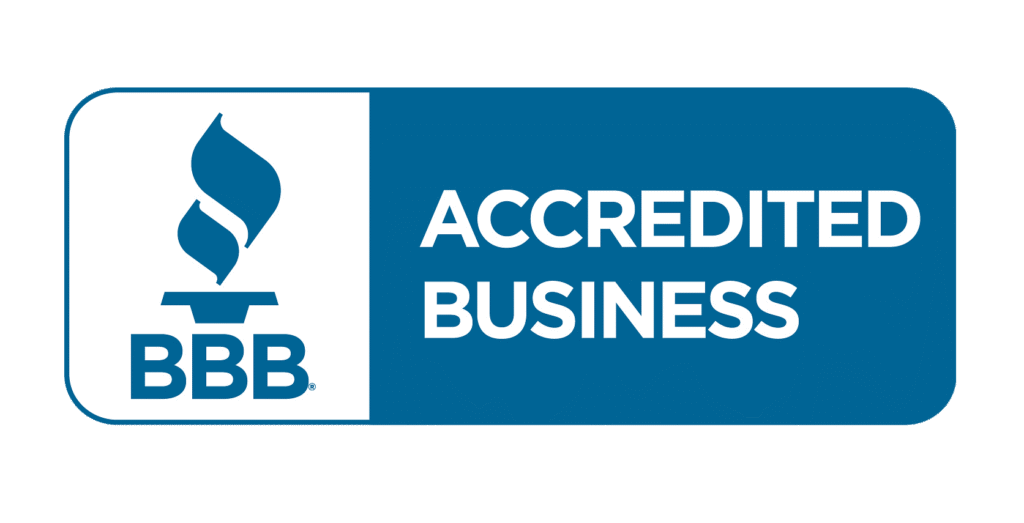Mold issues aren’t just unsightly — they can seriously impact both your health and your home’s value. In particular, toxic molds like Stachybotrys chartarum (commonly known as black mold) pose a significant risk, especially when left untreated. That’s why conducting toxic mold testing and inspection is crucial to address potential dangers effectively.
In this guide, you’ll discover how to test for mold toxicity, whether through at-home testing kits or professional inspections. More importantly, you’ll learn what steps to take next, including how to identify, manage, and prevent mold problems effectively. By understanding the risks and testing options, you can take control of your indoor environment and safeguard both your property and well-being.
1. What Is Toxic Mold?
Toxic mold refers to mold species that produce harmful mycotoxins. These thrive in damp environments—homes, offices, crawlspaces, even HVAC systems. While many molds are benign, certain types can lead to serious health issues.
Common Toxic Molds
- Stachybotrys chartarum (black mold): grows on cellulose-rich materials like drywall and wood.
- Aspergillus: some species produce mycotoxins; common in poor-ventilation spaces.
- Penicillium: visible as blue‑green patches; causes allergies and respiratory symptoms.
2. Health Risks of Mold Toxicity
Exposure to toxic mold can cause:
- Respiratory issues: coughing, wheezing, sinus infections
- Allergic symptoms: itchy eyes, skin rashes
- Chronic effects: asthma flares, chronic sinusitis, even neurological symptoms
- Understanding how to test for mold toxicity helps protect your health.
3. Signs You Need a Mold Toxicity Test
- Visible mold growth or water stains
- Persistent musty odor
- Occupant health symptoms with unknown origin
- Recent moisture events: flooding, leaks, basement dampness
4. How to Test for Mold Toxicity—Methods Guide
a) Air Sampling
Professional testers use a spore pump to collect air samples. They compare spore counts from indoors and outdoors. This method gives a snapshot but may miss hidden mold.
b) Surface Sampling
Includes tape lifts, swabs, or bulk sampling. Tape lifts often yield better lab results from visible mold .
c) Bulk Sampling
Involves lab analyzing of mold‑infested materials like drywall or insulation.
d) DIY At‑Home Kits
Search: at home mold toxicity test, mold toxicity home test, home test for mold toxicity
Kits like My Mold Detective or Seeml Labs provide early results. However, the EPA, CDC, and trusted experts warn they cannot replace a professional evaluation.
e) Blood Serum Antibody Tests
For clinical confirmation of human exposure (not home testing). Only medically accepted method; avoid unreliable urine mycotoxin
5. How to Test for Toxic Mold in Your Home — Step-by-Step
- Conduct Visual & Smell Assessment: Look for discolouration, texture changes, water stains, musty smells.
- Use Moisture Tools: Inspect moisture with infrared cameras and moisture meters
- Collect Samples: Air+surface samples compared to outdoor levels.
- Send to Certified Labs: Use labs accredited by AIHA, IAQA.
- Interpret Results with a Pro: Unlicensed DIY can be misleading
- Inspect Cross-functional Areas: HVAC systems, crawlspaces are common hidden mold hotspots.
6. Hiring our Toxic Mold Home Inspection
Our professional inspection includes:
- In‑depth visual assessment
- Moisture metering & infrared scanning
- Targeted sampling and lab analysis
- Chain‑of‑custody verified handling
7. Toxic Black Mold Inspection Cost
Costs vary widely based on:
- Scope (single room vs whole house)
- Sampling method (air + surface vs bulk)
- Lab turnaround times
Accurate testing is key—professionally‑conducted sampling prevents costly remediation missteps
8. Mold Remediation & Prevention
Remediation steps:
- Containment (negative air pressure)
- Remove contaminated materials
- Clean/disinfect surfaces
- Fix moisture sources (leaks, ventilation, HVAC)
Preventive maintenance:
- Maintain indoor humidity ≤ 60%
- Use dehumidifiers and proper ventilation
- Schedule regular moisture and mold inspections
Protect Your Health & Home
Learning how to test for mold toxicity is important. You can use at-home kits, hire our professionals, or look for visible signs. This knowledge helps protect your environment.
Use prevention strategies. Hire our licensed inspectors. – Make your online content better.
Focus on people looking for:
- “home test for mold toxicity”
- “toxic mold home inspection”
- “toxic mold inspection cost”
- “mold toxicity test”
- “how to test for toxic mold”
- “mold toxicity test for home”








